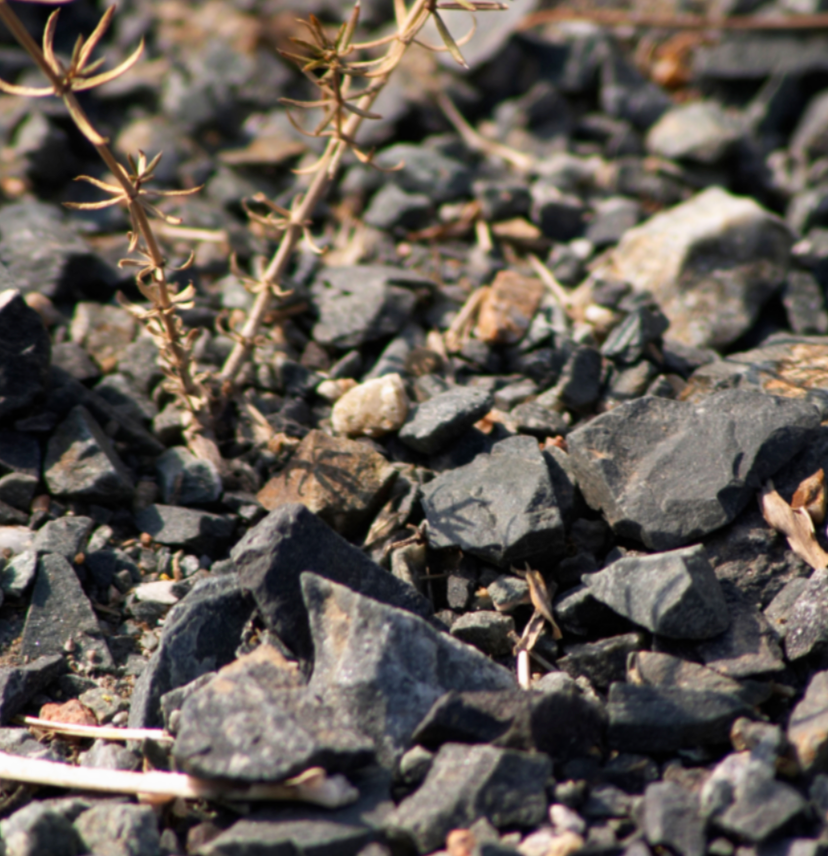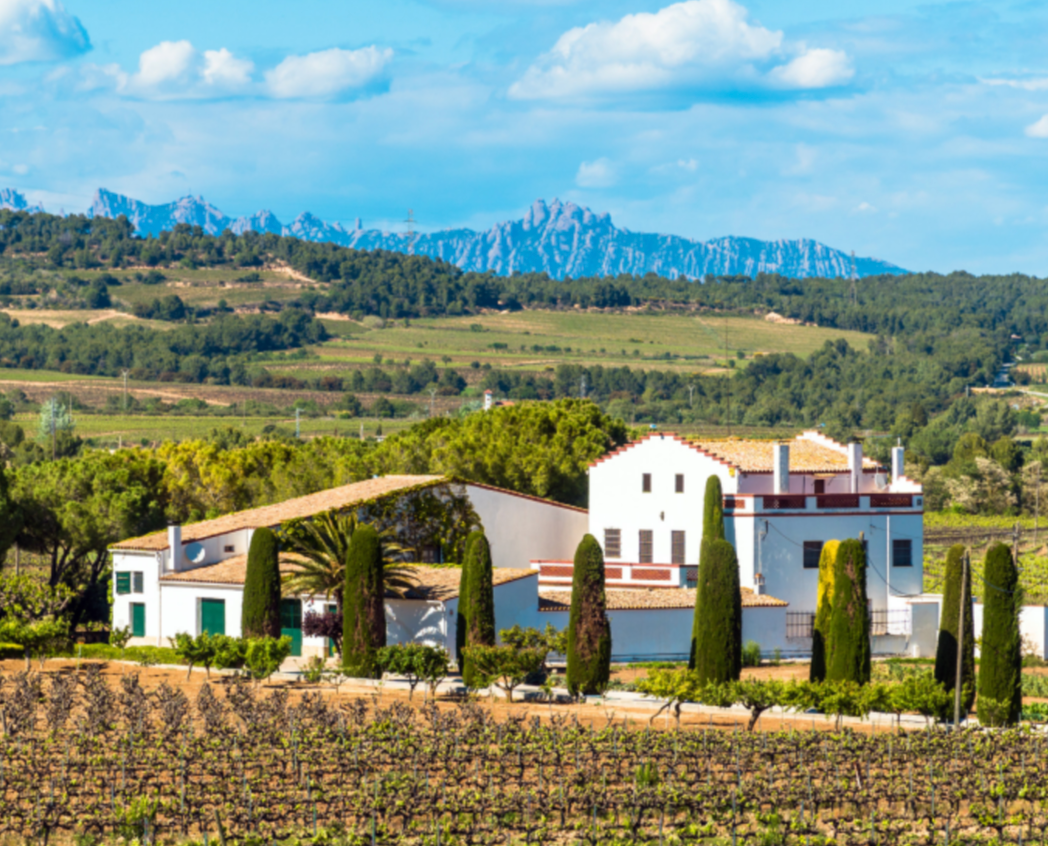Among the most historic and still-relevant wineries in the world are the great bodegas of Rioja – Marqués de Riscal, C.V.N.E., López de Heredia, and, perhaps at the top of the heap, La Rioja Alta, whose inimitable 2005 Gran Reserva we’re offering today. These properties, many of which date back to the mid-1800s, do something that’s fundamentally impossible for most wineries in the modern era: they sit on inventory – a lot of it, actually – and often don’t release certain wines until a good decade or so has passed since the vintage.
La Rioja Alta is said to have the equivalent of 8 years of annual sales aging in its cellars at any given time. So not only do they age the wine for you, but they have it in ample quantities, which may explain why prices for a perfectly cellared 2005 like this one, from a world-renowned terroir, costs less than your typical newly minted wine from Napa. In my opinion, this wine represents an absolutely perfect expression of Rioja at its finest; it’s a timeless classic which has decades of life ahead of it. You don’t have to look far to see that nearly every serious critic gave this wine near-perfect reviews. In a way, the price doesn’t seem real, but if La Rioja Alta’s business model can sustain it, we’re not going to argue.
And while it’s true that many other well-known appellations around the world set minimum aging requirements for their wines – Italy’s Brunello di Montalcino, for example, isn’t allowed to be released until five years after the vintage year – but the Riojans truly take it to another level, regularly holding wines for much longer than is required. By law, a Rioja designated ‘Gran Reserva’ (the region’s top designation) must be aged a minimum of 18 months in cask and another 3 in bottle before release. As for La Rioja Alta’s 2005 “904,” it was originally transferred to 4-year-old American oak barrels in March of 2006, where it remained until it was bottled in November 2010. During aging, the wine was “racked” (i.e. decanted from one barrel to another, to clarify and aerate the maturing wine) every six months, by hand. Then it was aged in bottle some five years more before release.
The moniker “904” on this wine – La Rioja Alta’s top bottling, only produced in the best vintages – references the estate’s 1904 acquisition of Bodegas Ardanza, a move which provided access to more prime vineyard land in the cooler, higher-elevation Rioja Alta district of the Rioja DO. The Gran Reserva is comprised of the best Tempranillo (90% of the blend) from the villages of Briñas, Labastida, and Villalba and is blended with a small amount of Graciano, a crisply acidic secondary varietal often used in Rioja production, sourced from Briones and Rodenzo. All of the Tempranillo is drawn from the Rioja Alta sub-region. Touted for its calcareous clay and iron-rich soils, it is dotted with wild dill that sprawls across rows of the vines. The iron-rich soil lends a remarkable mineral quality to the wines while the light dill note adds an herbal complexity to the bouquet that is unmistakable and distinct to the region.
Imagine if a classed-growth Bordeaux and a premier cru Burgundy had a love child: this is how I’d describe the 2005 “904,” a wine that takes the somewhat enigmatic, often rustic Tempranillo to great heights of aromatic complexity and velvety texture. As mentioned, Rioja Alta uses only American oak barrels made by its own in-house coopers – in a nod to regional tradition, they’ve steadfastly resisted the temptation to incorporate any French oak – and while that hint of oak sweetness is perceptible, it’s had many years now to integrate beautifully into the wine’s sumptuous whole. As you might expect given the wine’s age, it’s got a dark garnet-red core with a rusty orange rim. The nose offers intense aromas of ripe and slightly dried dark red plum, black cherry, exotic spices, dried orange, sawdust, dried leaves, dill, coconut husk (there’s that American oak!), leather and turned earth. The complex palate is laced with dried berries, incense, sweet and sour plum, tobacco leaf and a touch of vanilla bean. The mouthfeel boasts fine, structured tannins along with a vibrant and fresh finish, which seems to go on forever. Although this wine is incredible now, it will get better each year for the next few decades if kept well most likely truly peaking at about 30 years old. I would advise decanting 30-40 minutes and serving in either a large Burgundy or Bordeaux stem. I prefer a Bordeaux stem when the wine is less than 15 years old; after that, Burgundy stems tend to show off the aromatics better. For those of you with cellars, this is a perfect candidate that will drink beautifully for decades to come; for those of you without, well, La Rioja Alta took care of the aging for you! What a delicious and classic pairing with this wine would be to prepare
this Rioja-braised Lamb with Chorizo dish.





